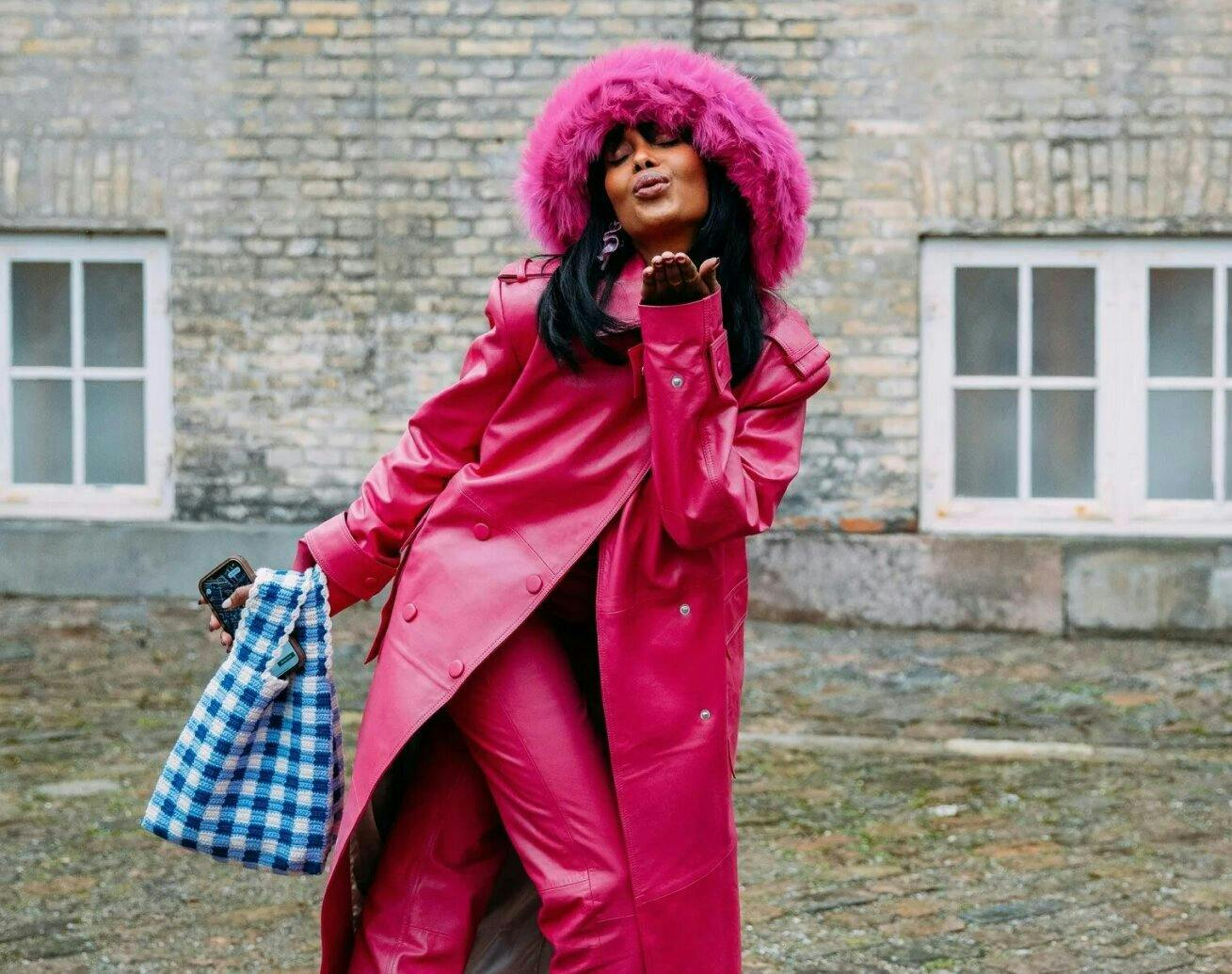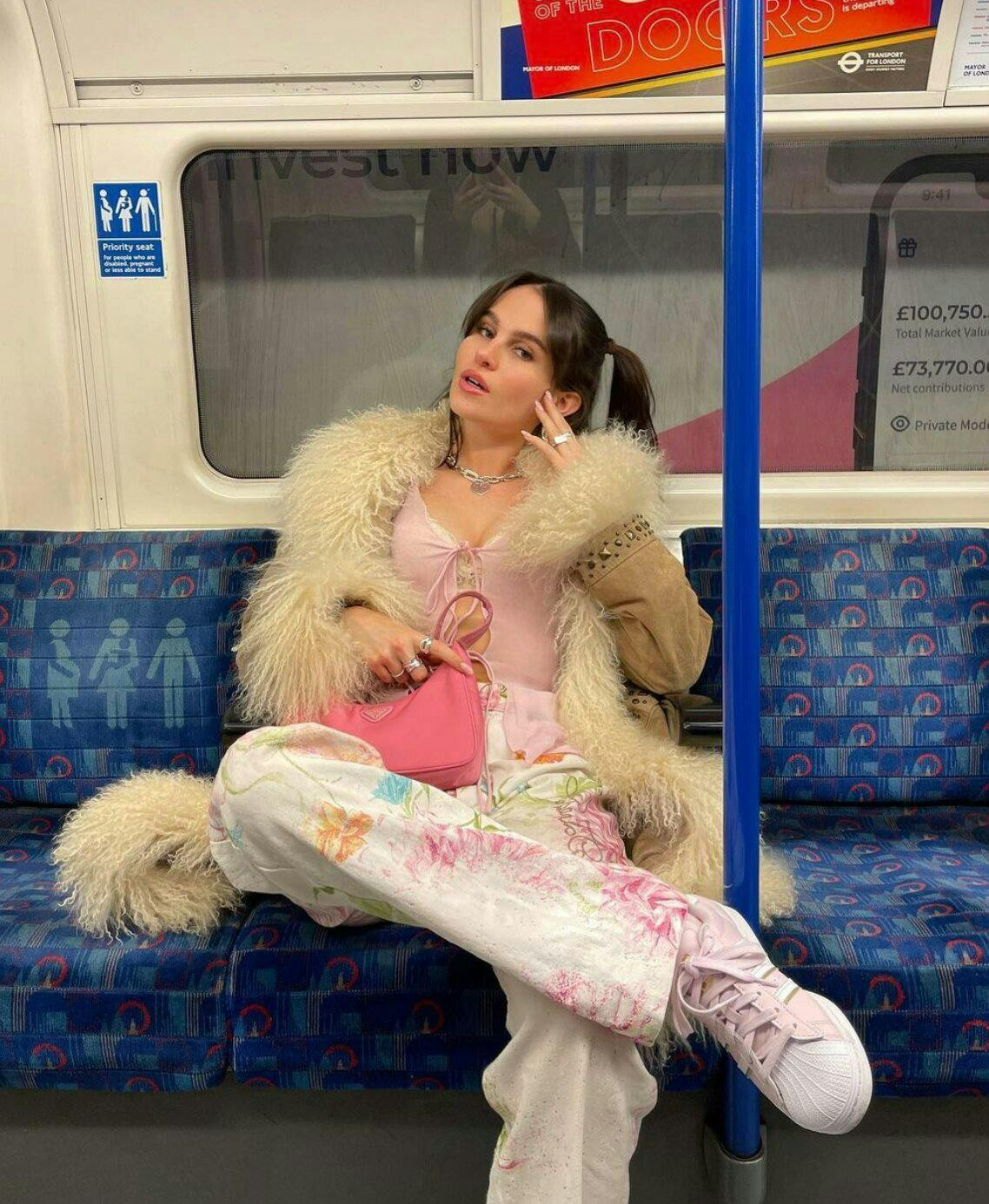Fashion Psychology and #TikTokMadeMeBuyIt with Joanna Karamanis

Georgia Taylor-Stidwell: Do you think TikTok has a role to play in influencing consumer habits and mindset? If so, what role do you see it taking on?
Joanna Karamanis: TikTok’s power and influence on consumer habits is two fold. Micro-trends spark and explode on TikTok. Trends that are really impactful and can instantly drive a surge in sales are short lived and fuel overconsumption among Gen-Z, #TikTokMadeMeBuyIt is real. However, Gen-Z is more conscious than previous generations about their purchasing and the brands they buy from. TikTok is flooded with amazing creators who are driving trends for upcycling secondhand clothing into something completely new, thrifting, styling the same items in multiple ways as well as exploring sustainable brands. Their power to influence and educate users and consumers is undeniable.
G: What does TikTok mean for the future of traditional influencer marketing and fashion marketing more broadly?

@lovevie a TikTok creator
J: The reason influencer marketing worked in its traditional form is because brands could tap into the audiences of the influencer, their target market. We dress like people we consider to be well dressed, influencer marketing targets key individuals with whom people already share certain opinions, interests, values and look up to, in order to boost consumption.
It used to be that a digital influencer’s stamp of approval (with a big enough following) was enough, it was the epitome of a successful product in a world where photos were photo-shopped, reviews fabricated, commercials exaggerated, and ads edited, corrected, revised and modified. Those with a huge following could add credibility to a product instantly, whether they believed in it and genuinely liked the brand or not.
When working with influencers/ creators on TikTok, brands need to make sure that there is a clear alignment between the creators content and the brand. TikTok content is much more real and authentic, more so than anything we’ve ever seen on any other platform and a lot less polished, which resonates with users.
On TikTok, a user’s ‘For You’ feed is filled with content tailored to the user. Marketers have their target audience in the palm of their hands, without having to move a finger and they can almost rest assured that their content on TikTok will reach the right audience.
When it comes to influencer marketing, TikTok is the master of the majority illusion and the mere exposure theory. As a user, when I like, follow, comment, watch a video I am served with more of that similar content. It’s giving me the illusion that that a trend might be more popular than it actually is. According to the mere exposure theory, the more we are exposed to something the more we like it and we adopt a preference to things we become familiar with. TikTok is perfect for influencer marketing, in its new form. When done right a brand can start trending in a matter of days/ hours, the focus is on content rather than the fan base of the individuals a brand collaborates with, which makes it all more relatable and real.
G: Do you think there has been a psychological shift in Millennial and Gen-Z attitudes to fashion consumption?
J: There has 1000% been a shift in the way Millennials and Gen-Z are approaching fashion consumption. Millennials, but more prominently Gen-Z are a driving force of trend setters in the fashion industry, they are invested in and seriously concerned about the environment. Gen-Z are buying more responsibly and favouring brands that are aligned with their values whilst avoiding those that don’t. Based on a recent research which surveyed 18k students, 68% demand that their clothes are manufactured to the highest ethical standards and 57% feel brands championing sustainability, equality and diversity are the ones who are doing things right. Brands should definitely start focusing their attention on the demands of Gen-Z, they are their immediate generation of consumers.
G: How has our increasingly digital world impacted consumer behaviours, specifically with regards to the fashion industry?
J: Post pandemic, the digital world has become more prominent than ever. Whilst plenty of physical stores closed down, the online world remained open and grew even more, with most of the fashion world choosing the virtual highway abandoning the high street altogether to cut overheads.
What this means is that fashion brands will have to develop virtual ways to fulfil and replace the pleasure shopper’s experience when shopping in the physical world, using new technologies to provide personalised experiences to their consumers. Those hedonistic shoppers, who shopped for the experience, will only now indulge in purchases which make them feel better. Purchases which sync with their personal values whether they are health and well-being or just superior quality. It is imperative that brands provide comforting experiences to consumers, with emotional value, with more spend, on sustainable brands that reflect consumers’ own values and beliefs, rather than emphasising status or affluence in itself. Consumer decision making may well become more of an ethical decision.